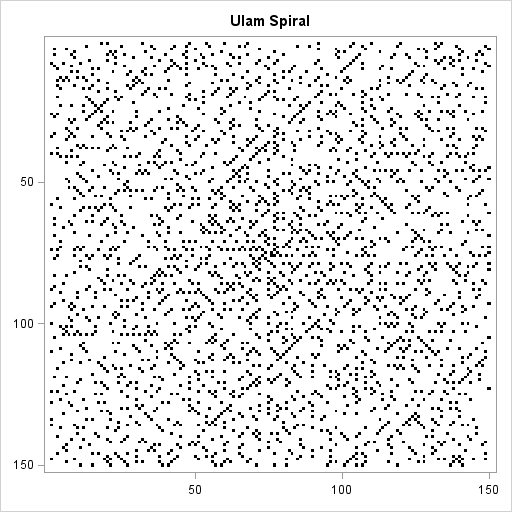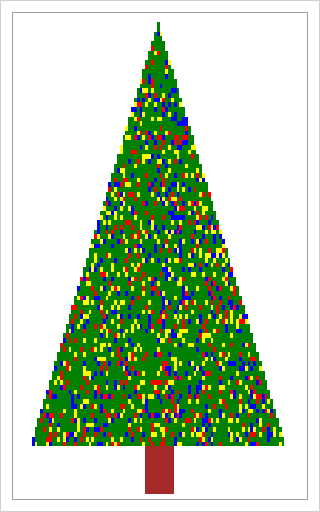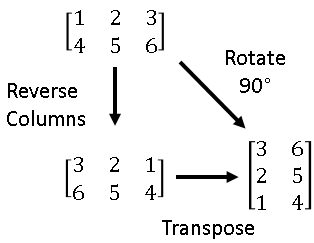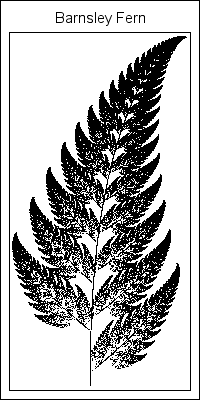
Many geeky mathematical people celebrate "pi day" on March 14, because the date is written 3/14 in the US, which is evocative of the decimal representation of π = 3.14.... Most people are familiar with the decimal representation of π. The media occasionally reports on a new computational tour-de-force that








